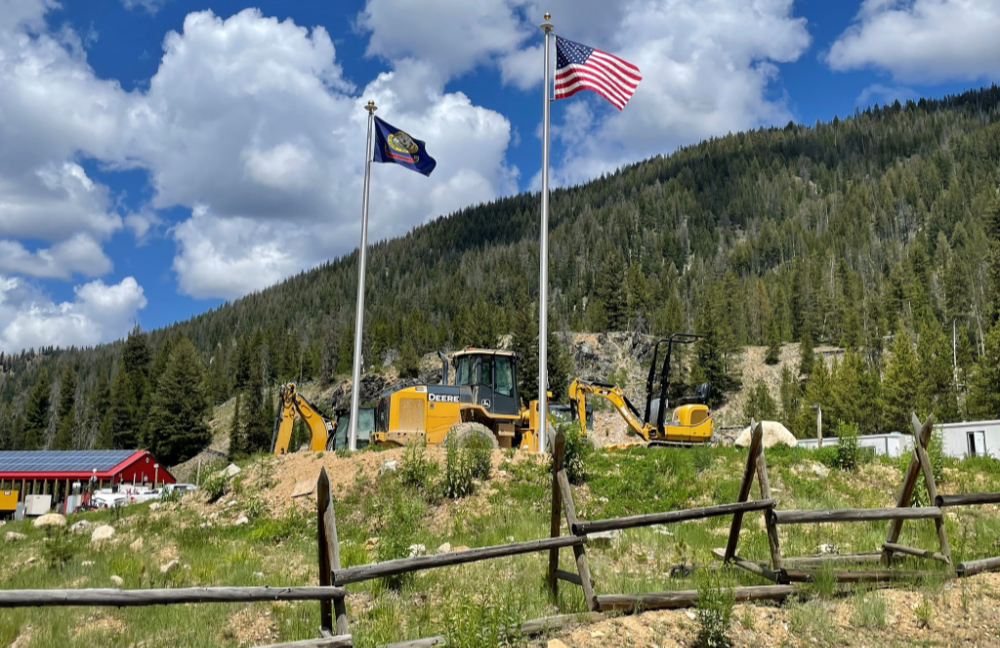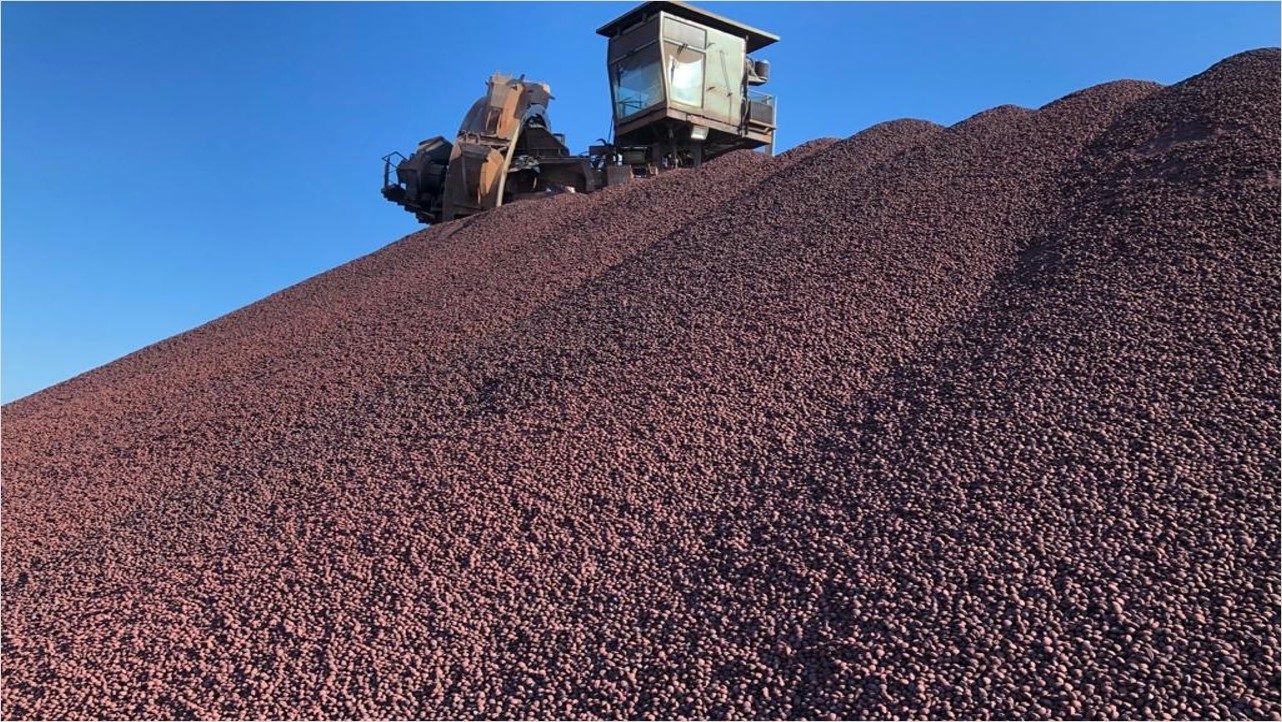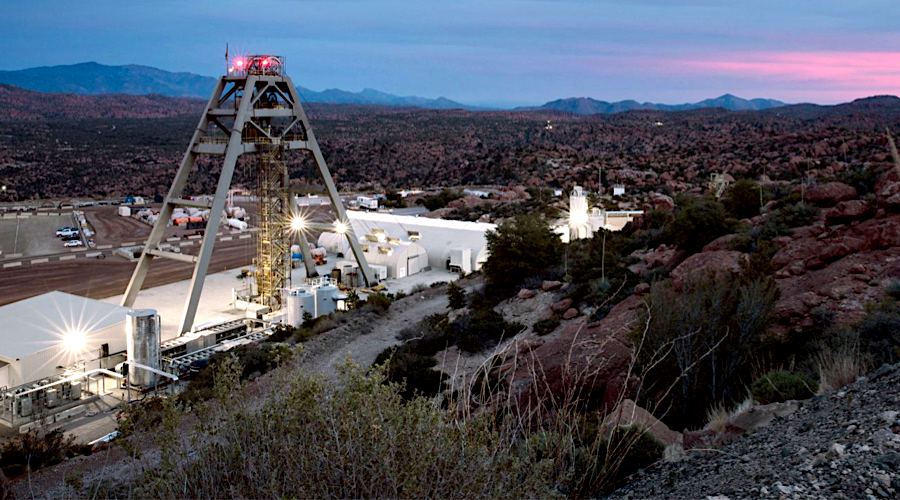Work continues
An environmental assessment green light. A first gold pour. Drilling results. A takeover aimed at an in-development U.S gold mine. The sale of half a massive copper mine for a billion dollars.
Things are still happening in the metals and mining sector. Sure, there are bad news announcements too – Goldcorp cutting its dividend, miners announcing quarterly losses, record short gold bets, and the like – but the situation is not dire.
There are good companies doing promising work. Yes, the news flow is slower than in better markets, but that doesn’t mean it’s crickets out there.
Pretium Resources got a green light from the Feds on the environmental assessment (EA) for its Brucejack project in west-central British Columbia. Officially, the assessment determined that Brucejack is not likely to cause significant adverse environmental effects. The actual permit for development follows this decision, but a positive EA outcome bodes very well for Brucejack’s odds of permitting success.
I certainly want to see Pretium succeed. Brucejack is a great project. Previous owners discovered the West zone, which has good gold and silver grades but wasn’t enough alone to make a mine. Then Pretium discovered Valley of the Kings, a second body of mineralization nearby with much higher gold grades. The grades are so high, in fact, that there has been controversy over how the average resource grade was calculated and whether gold could reliably be recovered from such rich veins.
After investigating, I believe the resource estimate (which pegs Valley of the Kings at 13.5 million proven and probable tonnes grading 15.7 grams gold) and I know there are miners out there who know how to recover gold from material of this nature. In other words, I’m a Pretium believer. So news of a positive EA decision – especially in British Columbia, Canada’s home of resource development controversy – was definitely welcome.
Guyana Goldfields is a gold producer. The company just completed the first gold pour at its Aurora mine in Guyana, where US$249 million in capital spending has built an open pit mine and 5,000-tonne-per-day mill that will produce an average of 194,000 oz. gold annually for 17 years. Underground mining will complement the open pits after a few years of operations.
At US$1,000 gold, the mine should kick out a 25% after tax internal rate of return. In other words, Guyana Goldfields has spent the bear market building a mine that should be profitable even if gold falls a bit below US$1,000 per oz. Congrats to them on their first pour.
Most days offer up at least a few drill results. Today’s best set came from NexGen Energy, which has five drills turning at its Rook I property in the Athabasca Basin.
I think Rob Chang, analyst with Cantor Fitzgerald, described the import of the results best when he said this: “Can’t even miss when they try: strike lengths at Arrow triple on aggressive step out drilling.”
However, Cormark Securities analyst Mike Kozak was almost as impressed, writing that with the step out results “…we believe Arrow has just leapfrogged Fission’s Triple R in terms of size.” Triple R is the deposit at Patterson Lake South, Fission’s remarkable discovery in the Athabasca, which is home to over 100 million lbs. U3O8 in indicated and inferred resources.
NexGen has not yet calculated a resource for Rook I; an initial estimate is due in early 2016. It is going to be a biggie – one to watch for sure.
Yesterday offered up two interesting drilling announcements: feasibility drilling at Lynn Lake, a joint venture between Carlisle Goldfields and Alamos Gold, and resource expansion drilling at Klondex Mines’ Fire Creek project.
At Lynn Lake drilling is underway to inform a resource estimate ahead of a feasibility study. One condemnation hole intended to confirm the limits of the Farley Lake zone returned 16.4 grams gold over 9.3 metres. As Carlisle president and CEO Abraham Drost described it, results like that “showcase the Farley Lake Mine project’s considerable grade potential.”
Alamos is operator at Lynn Lake and can increase its stake from 25% to 51% by spending $20 million over the next two years, or to 60% by delivering a feasibility study. The Manitoba project is a past producer with two open-pittable gold deposits and all necessary infrastructure in place.
In Nevada, Klondex Mines is drilling to grow the resource at Fire Creek. For years explorers thought Fire Creek was a low grade Carlin-style zone, but more recent work has shown it is actually a high-grade epithermal vein deposit.
Klondex has driven a decline and operates an ongoing bulk sampling program at the site, sending mineralized material 110 miles north to its operating Midas mill. The bulk sampling operation churned out 53,777 oz. gold in the first half of the year. Klondex has yet to report Q2 financials but the company’s gold generated $10.1 million in net income in the first quarter, which is a heck of a lot more than most explorers can say.
Exploration continues; the most recent drill program stepped out vertically and laterally to the west and south of known veins. On the western front, a new vein returned 9.6 grams gold over 6.1 metres while vertical stepouts on known veins returned 42.5 grams gold over 0.9 metres, 19.9 grams gold over 1.5 metres, 79.7 grams gold over 0.8 metres, and 221.6 grams gold over 0.3 metres. A new vein to the south produced 9.1 grams gold over 17.1 metres and 19.3 grams gold over 1.2 metres, while extensions of a known vein cut 16.5 grams gold over 2.3 metres.
Klondex suggests the results “demonstrate that the project is significantly underdrilled.” With results like that, I would tend to agree.
The acquisition I mentioned at the top is, of course, Oceanagold’s deal to buy Romarco Minerals. The all-share deal values Romarco at $856 million, representing a 71% premium to the stock’s 30-day average price. And while structured as a takeover, the deal is really a merger to create a gold company producing 540,000 oz. gold annually by 2017 at an industry-leading all-in sustaining cost of US$600 per oz. or less.
Oceanagold already operates mines in the Philippines and New Zealand. The takeover adds Haile, Romarco’s under-construction gold mine in South Carolina. It will be an open pit mine producing 155,000 oz. annually from ore averaging 2.06 grams gold.
Romarco’s share price jumped on the news. Oceanagold investors are less keen on the deal and have sent OGC shares down 23% since the deal was announced. What I see is a low-cost under-development gold mine in a safe jurisdiction being acquired for shares valued at significantly less than was spent exploring, permitting, and now building the mine. Bottom marker?
Then there’s Barrick’s deal to sell half of its Zaldivar copper mine in northern Chile to Antofagasta for US$1 billion in cash. The sale stemmed from an extensive auction process that attracted bids from many big names, including BHP Billiton, Teck Resources, Hudbay Minerals, and China Molybdenum. Zaldivar is an open pit, heap leach mine that churned out 222 million lbs. copper last year at cash costs of US$1.79 per lb. and still offers 14 years of reserves.
The sale marks another significant step for Barrick in reducing its US$10-billion debt load. That process is an ongoing reminder of what mining majors did wrong in the last bull run – take on extensive debt to fund development of marginal or complex projects – and, by extension, what investors should watch for as they position for the rebound.
The fact that gold has stayed sideways since its mid-July slide is interesting: it might mean the damage is done is in or it might just mark a calm before tax loss selling brings the sector to its ultimate bottom. Regardless, companies with the money and the means to advance their assets are doing so.
And many an important announcement goes almost unnoticed: NexGen is up all of 7% today, after releasing drill results that doubled the strike length of its high-grade zone, while Reservoir Minerals fell 1.5% last week after announcing infill results from its incredibly high-grade Timok massive sulphide deposit (we’re talking 85 metres true width grading 10% copper and 10 grams gold).
I know we are all tired of being told to view these dog days as an opportunity, but they are. I do not see any reason to rush into a mining or exploration stock today – this slow slide of a summer may well merge right into tax loss selling, which would mean several more months of malaise – but hone your picks, figure out how much you want to bet, and gradually put up bids on companies still advancing their assets and announcing their news.
Resource Maven finds and explains the news that matters every day in the world of resource exploration and development.
Click HERE to have Maven’s mining news emailed to you daily.
Or follow Maven on Twitter: @miningmavengwen
To learn how to turn resource knowledge into investment success: subscribe to Resource Maven.
EDITORIAL POLICY AND COPYRIGHT: Companies are selected based solely on merit; fees are not paid. This document is protected by copyright laws and may not be reproduced in any form for other than personal use without prior written consent from the publisher.
DISCLAIMER: The information in this publication is not intended to be, nor shall constitute, an offer to sell or solicit any offer to buy any security. The information presented on this website is subject to change without notice, and neither Resource Maven (Maven) nor its affiliates assume any responsibility to update this information. Maven is not registered as a securities broker-dealer or an investment adviser in any jurisdiction. Additionally, it is not intended to be a complete description of the securities, markets, or developments referred to in the material. Maven cannot and does not assess, verify or guarantee the adequacy, accuracy or completeness of any information, the suitability or profitability of any particular investment, or the potential value of any investment or informational source. Additionally, Maven in no way warrants the solvency, financial condition, or investment advisability of any of the securities mentioned. Furthermore, Maven accepts no liability whatsoever for any direct or consequential loss arising from any use of our product, website, or other content. The reader bears responsibility for his/her own investment research and decisions and should seek the advice of a qualified investment advisor and investigate and fully understand any and all risks before investing. Information and statistical data contained in this website were obtained or derived from sources believed to be reliable. However, Maven does not represent that any such information, opinion or statistical data is accurate or complete and should not be relied upon as such. This publication may provide addresses of, or contain hyperlinks to, Internet websites. Maven has not reviewed the Internet website of any third party and takes no responsibility for the contents thereof. Each such address or hyperlink is provided solely for the convenience and information of this website’s users, and the content of linked third-party websites is not in any way incorporated into this website. Those who choose to access such third-party websites or follow such hyperlinks do so at their own risk. The publisher, owner, writer or their affiliates may own securities of or may have participated in the financings of some or all of the companies mentioned in this publication.
More News
Trump to fast-track permitting for 10 mining projects across US
April 18, 2025 | 08:05 am
{{ commodity.name }}
{{ post.title }}
{{ post.date }}




Comments